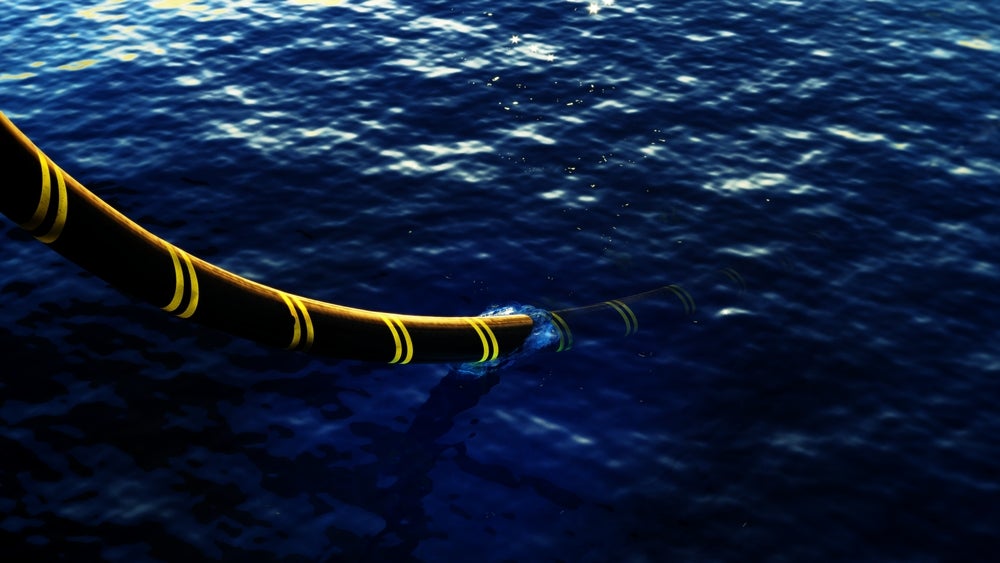Baidu has developed a learning-based method for excavating rigid objects in clutter using a convolutional neural network to predict excavation success probability. By leveraging a sampling-based optimization method and voxel-based representations, the method outperforms baseline techniques in simulation and real-world experiments. GlobalData’s report on Baidu gives a 360-degree view of the company including its patenting strategy. Buy the report here.

Access deeper industry intelligence
Experience unmatched clarity with a single platform that combines unique data, AI, and human expertise.
According to GlobalData’s company profile on Baidu, Behavioral analytics was a key innovation area identified from patents. Baidu's grant share as of May 2024 was 49%. Grant share is based on the ratio of number of grants to total number of patents.
Autonomous excavation learning method using neural network for trajectory planning
A recently granted patent (Publication Number: US11999064B2) discloses a computer-implemented method for autonomous excavation learning. The method involves tiling each parameter of an excavation trajectory across a voxel-grid, concatenating these tiled trajectory parameter voxel-grids with a voxel-grid representation of an excavation scene, feeding this input into a neural network to generate a multi-dimensional feature vector, and using fully-connected layers to predict the probability of excavation success. The trajectory parameters include coordinates of a point of attack, excavation angles, penetration depth, closing angle, and dragging length. The neural network utilized is a 3D convolutional neural network with multiple 3D convolution filters. The system also includes a process for updating the distribution of trajectory parameters through multiple iterations of sampling and selecting excavation trajectories based on predicted success probabilities.
Furthermore, the patent also describes a system for autonomous excavation learning and planning, which includes one or more processors and a computer-readable medium with instructions for tiling trajectory parameters, concatenating them with a voxel-grid representation of an excavation scene, feeding them into a neural network, and using fully-connected layers to predict excavation success probability. The system also involves generating the voxel-grid representation of the excavation scene from a point cloud obtained from an RGB-Depth camera, filtering and voxelizing the point cloud. The method for excavation planning involves generating multiple excavation trajectories using an excavation planner, updating the distribution of trajectory parameters through iterations of sampling and selecting trajectories based on predicted success probabilities, and choosing the trajectory with the highest success probability for excavation. The neural network used in this method is a 3D convolutional neural network with multiple 3D convolution filters, and the trajectory parameters include coordinates of a point of attack, excavation angles, penetration depth, closing angle, and dragging length.
To know more about GlobalData’s detailed insights on Baidu, buy the report here.
Data Insights
From

The gold standard of business intelligence.
Blending expert knowledge with cutting-edge technology, GlobalData’s unrivalled proprietary data will enable you to decode what’s happening in your market. You can make better informed decisions and gain a future-proof advantage over your competitors.







